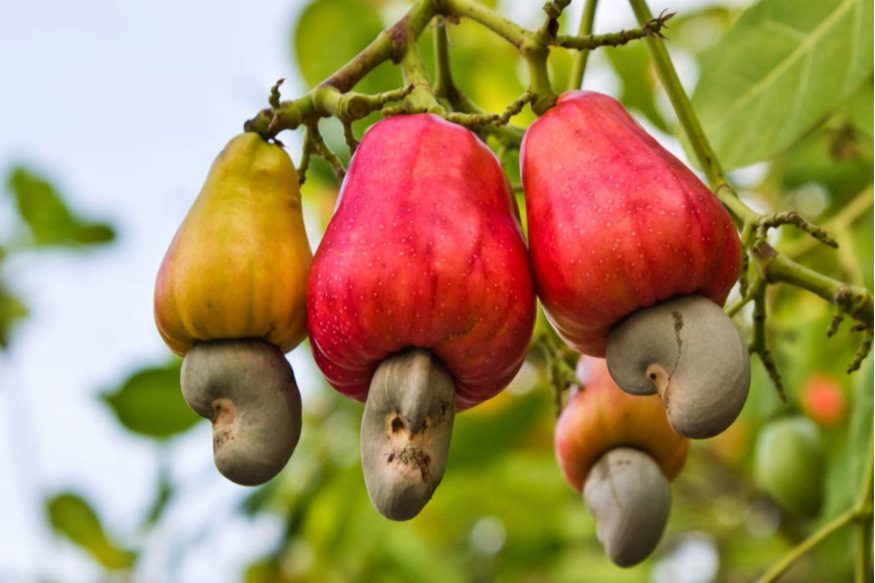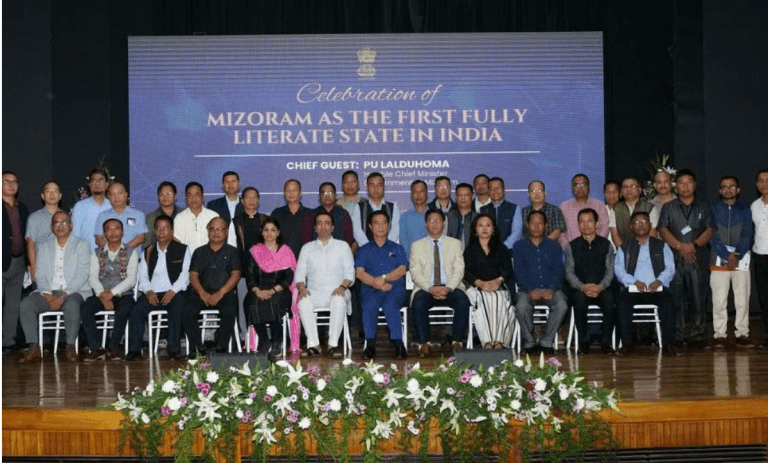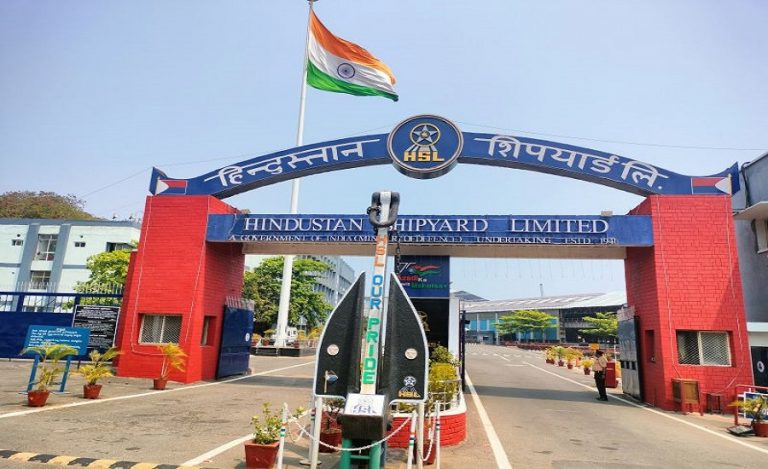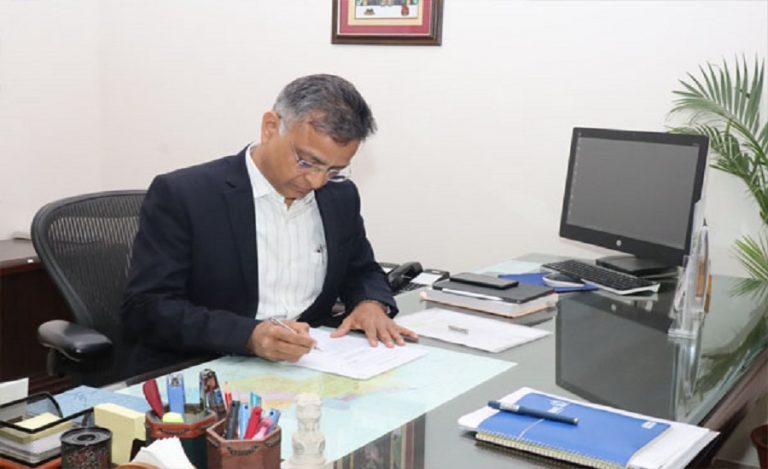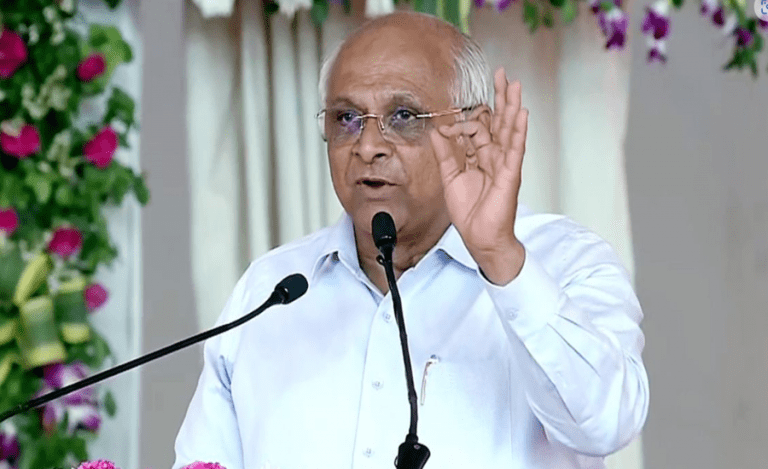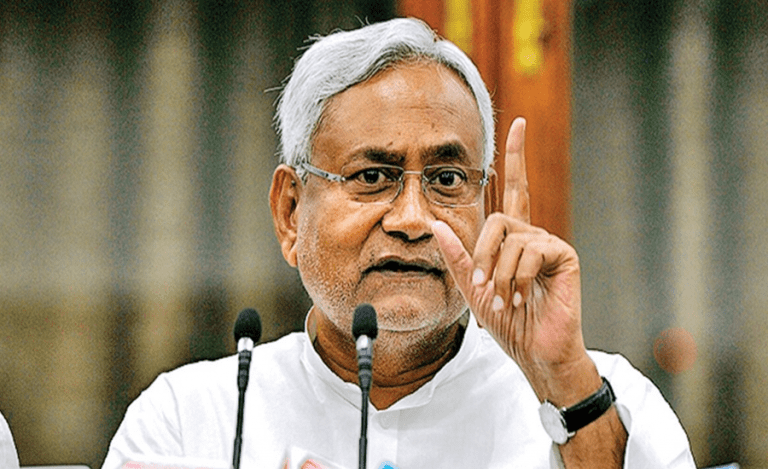The popular dry fruit, cashew, is changing the lives of farmers in the tribal-dominated Jashpur district of Chhattisgarh. Till now, these farmers were growing one crop a year – paddy – and their income was limited. But now, with cashew cultivation, they are getting income throughout the year.
The district administration, too, is promoting cashew cultivation on a large scale in a bid to convert Jashpur into a cashew centre. Jashpur cashew is being marketed locally and even outside, to popularise the brand as it has the potential to become a source of huge revenue for the state.
Indian Masterminds interacted with 2012-batch IAS officer and District Collector of Jashpur, Mr. Ritesh Kumar Agrawal, to get more details about this cashew initiative.
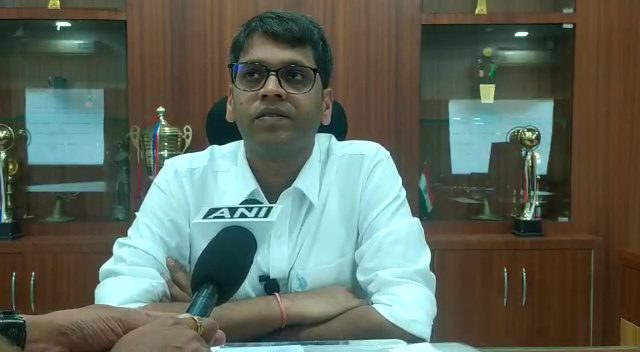
BRAND JASHPUR CASHEW
In the five development blocks of Jashpur – Kunkuri, Duldula, Kansabel, Pathalgaonand Farsabahar – more than 8000 farmers farmers are now directly engaged in cashew cultivation and more than 2 lakhs 50 thousand cashew plants have been planted.
Other than the farmers, thousands of people are indirectly involved in cashew cultivation, providing a source of livelihood to them. Women of various self-help groups (SHGs) clean cashew nuts together on cashew machines, package them and sell them in the market, which earns them a good profit of about Rs. 3 lakhs a year. The district administration has also provided them with the facility of a Cashew Processing Unit. These women are now financially independent and contributing to the family income.
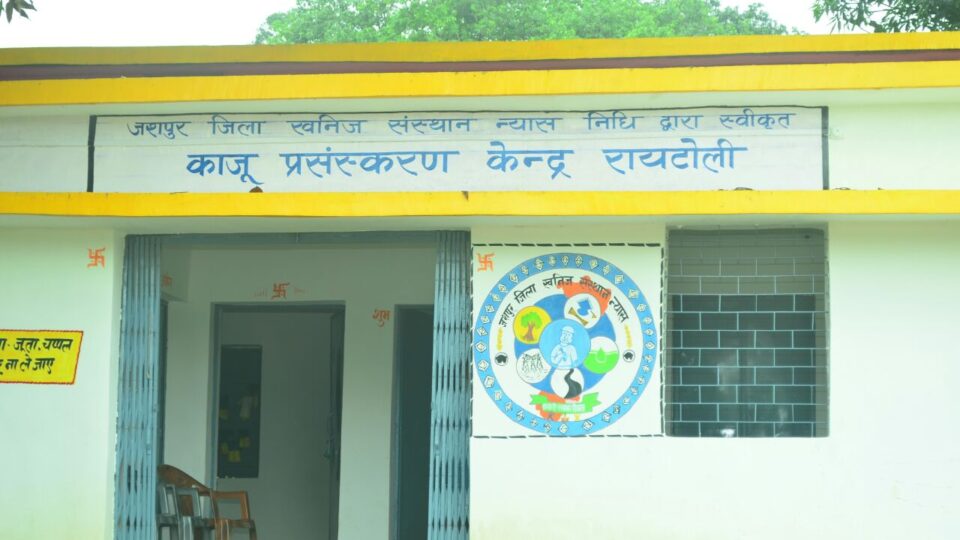
CASHEW CULTIVATION
District Collector Ritesh Kumar Agrawal told Indian Masterminds, “Cashew is being cultivated here for a long time and we are continuously expanding it. We are promoting it through self-help groups. We collect the cashew through them and Farmers Producer Organisation (FPO). The establishment of a processing unit and marketing under the brand has helped eliminate the intermediary. Thus, everything is under control, from providing support to farmers in farm produce to selling unfinished products, processing, and finally selling finished products under one brand.”
The administration is also increasing the area of plantation and processing capacity. Processing is already being done on a large scale after the opening of the processing unit.
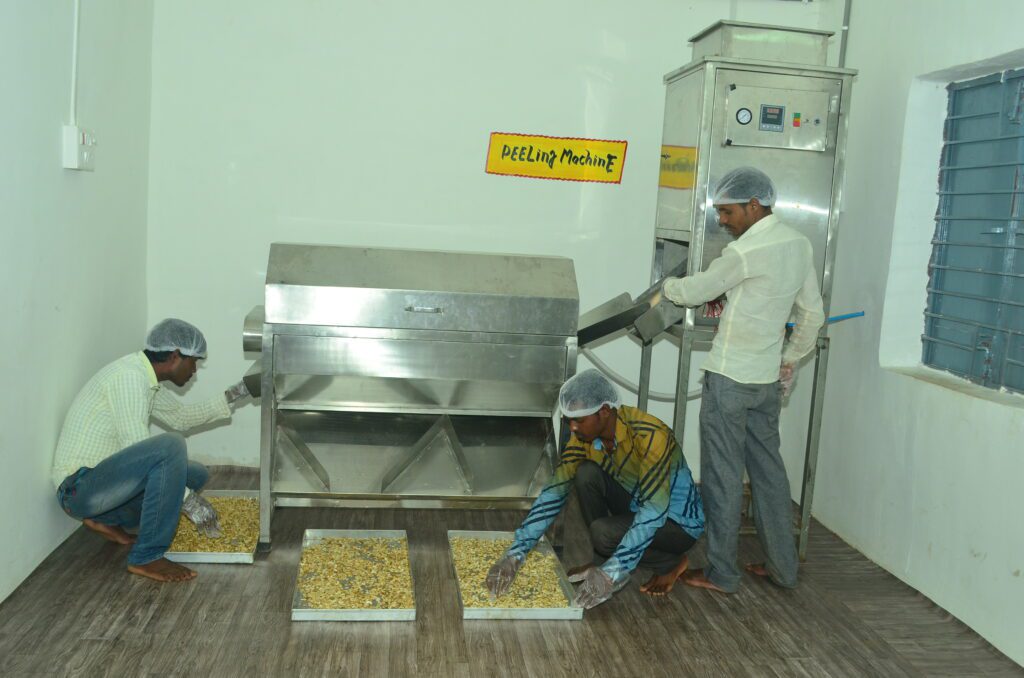
“Our government is focussing on increasing income of the farmers through food processing. So, we are increasing the processing capacity,” Mr. Agrawal said.
Although it takes about 3 to 4 years for cashew nuts to be ready for plucking, the plantation is carried out every year under MNREGA and the forest department, with the objective to provide employment to villagers at the local level.
“There is actually convergence of many schemes in this. An employment mission has started in Chhattisgarh, and in the coming time, we will link cashew cultivation to it,” Mr. Agrawal informed.
Since cashew has a wide market, besides the local market, it is exported outside the state, too. As a result, farmers are being able to increase their income. The district administration has been successful in achieving the primary objective of providing good prices to the farmers for their produce.
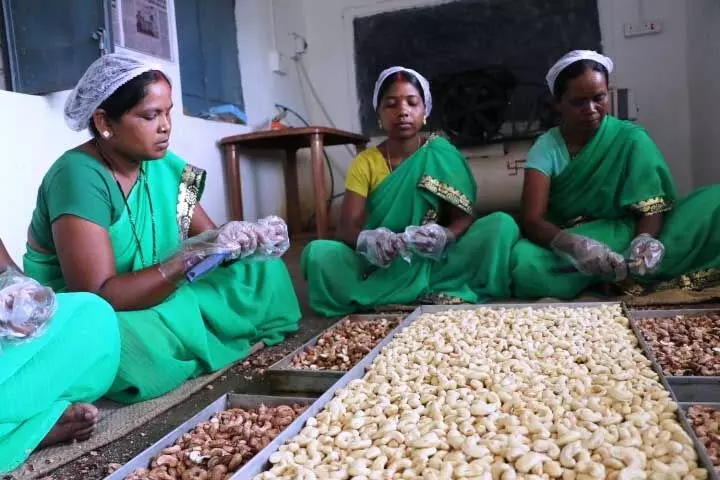
FROM KERALA TO CHHATTISGARH
In India, Kerala is the highest producer of cashew because of its location close to the sea. Cashew tree is a fast-growing tropical tree, which gives high yields in coastal areas. Most of the coastal areas in Asian countries are large areas of cashew production.
But, for a landlocked state like Chhattisgarh to be successfully cultivating cashew, is indeed remarkable. The cashew farmers of Jashpur have set an example by producing it successfully in their district, with active support from the administration.

